Toyota Vios 2023 Malaysia: Here are seven things you need to know
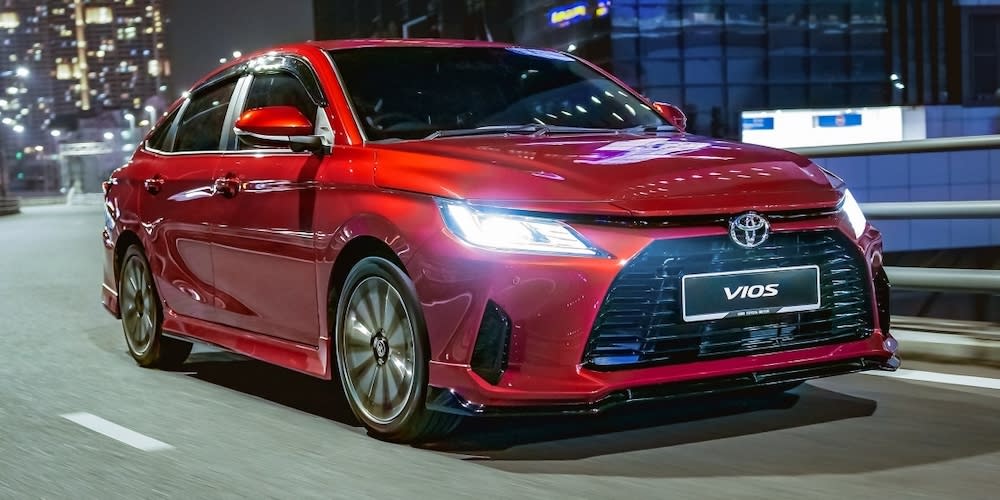
KUALA LUMPUR, March 26 — After what seemed like an eternity, the Toyota Vios has finally gotten a proper roof-to-tyres makeover, representing the greatest leap forward for the B-segment sedan. It’s now better equipped to fight its nearest rival, the Honda City, with a distinctive new look, a more upmarket cabin and an increased level of tech — but you’ll also need to pay more for one. Here are seven things you need to know.
Now starts at nearly RM90,000

The new Vios is markedly more expensive than before. — SoyaCincau pic
The first thing you need to know about the new Vios is that it’s markedly more expensive than before. That’s because UMW Toyota Motor has ditched the slow-selling base J model, leaving just the well-specced E and G models. Prices are as follows:
• Toyota Vios 1.5E – RM89,600
• Toyota Vios 1.5G – RM95,500
Even accounting for the elimination of the entry-level variant, the Vios is now between RM4,000 and RM5,100 more expensive model-for-model than before. However, that’s still pretty good value next to the City 1.5 V that’s priced at RM90,600 — and even that doesn’t come with the Honda Sensing suite of driver assists, which cost an extra RM4,000. By comparison, the Vios gets the Toyota Safety Sense package as standard.
Based on the DNGA platform
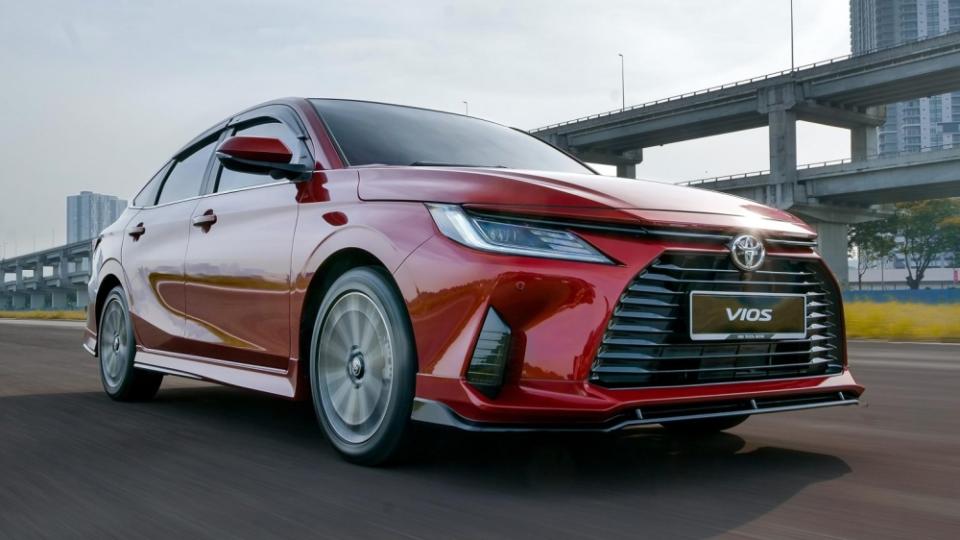
The new model rolls on a modular platform for increased economies of scale. — SoyaCincau pic
Whereas the old Vios was based on a conventional B-segment platform, the new model rolls on a modular platform for increased economies of scale. Toyota already has such a platform in the shape of the Toyota New Global Architecture (TNGA), which underpins the Corolla sedan, Corolla Cross, Camry and Harrier. But that was clearly too expensive for a (relatively) budget-friendly sedan, so the new Vios instead rides on the more cost-effective Daihatsu New Global Architecture (DNGA), which it shares with the Veloz MPV.
More importantly, DNGA is now used by Perodua for its newer models. That means if you own an Ativa, Alza or the new Axia, you’ll find plenty that’s familiar on the Toyota — a car that costs up to twice as much.
Revised “fastback” design

The latest model has an edgy design that bears a slight resemblance to the larger Camry. — SoyaCincau pic
The new Vios couldn’t look more different from the old one if it tried. Whereas the predecessor had a more organic (if somewhat cheap) design, this latest model is all grown up, with an edgy design that bears a slight resemblance to the larger Camry.
At the front, you’ll find slim and sharp LED headlights that flank a massive grille covering almost the entire face of the car. Borrowing a trend from other carmakers, the roofline now sweeps towards the rear, a design that Toyota calls a “fastback”. At the rear, you’ll find trapezoidal taillights (with sequential indicators) and rear diffuser; the whole look is finished off by 17-inch alloy wheels. By the way, the bodykit you see here — which includes a sizeable front splitter — is fitted as standard in Malaysia, as are the door visors.
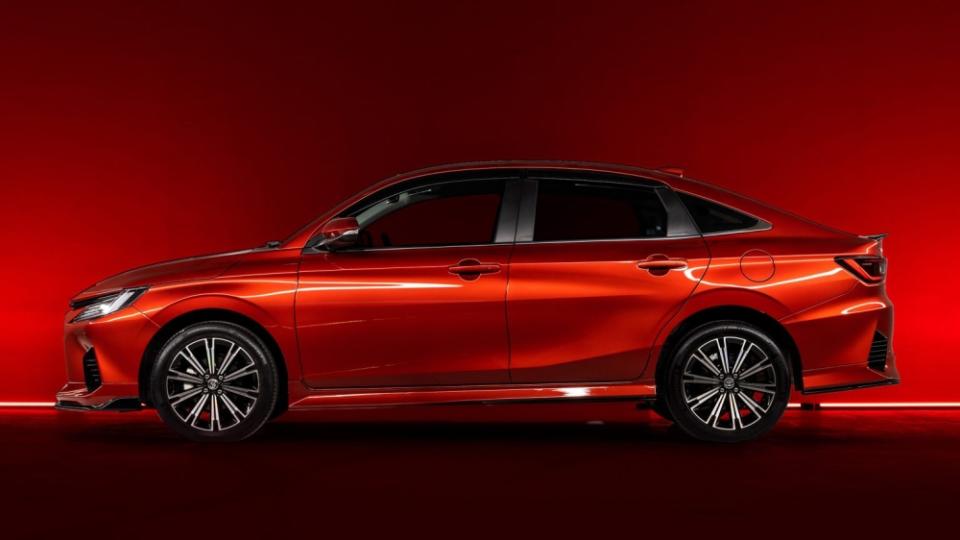
There are spats on the front and rear bumpers. — SoyaCincau pic
Toyota has played a surprising amount of attention to aerodynamics, including spats on the front and rear bumpers to guide the airflow and ducts to cool the front brakes. There are also flat wiper blades fitted, again to improve aerodynamics.
Despite the sleeker looks, the new Vios is only slightly larger than before — five millimetres longer at 4,425mm, 10mm wider at 1,740mm and five millimetres taller at 1,480mm. However, the wheelbase has grown quite a bit, by 70mm to 2,620mm, presumably in the interest of greater rear legroom.
Modern interior with lots of tech
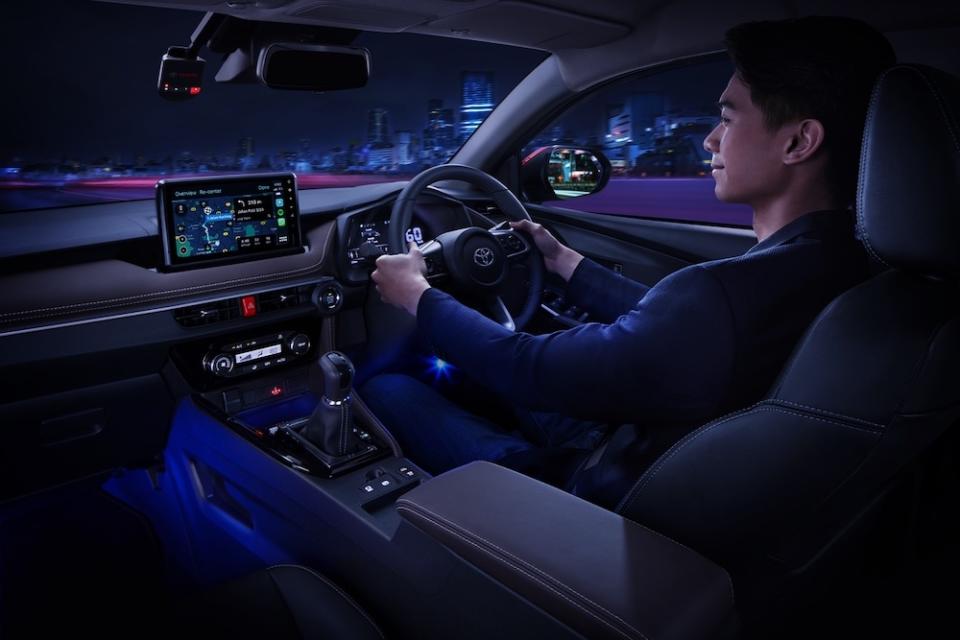
Inside, the new Vios is far nicer than ever before. — SoyaCincau pic
Inside, the Vios is far nicer than ever before — almost enough to forgive the bits shared with Perodua, like the steering wheel and instrument cluster. The layered dashboard is reminiscent of certain Mazdas (not a bad thing, in my opinion), with certain portions wrapped in brown soft-touch plastic for a more luxurious feel. Rear passengers also finally get their own air-con vents, a feature previously only offered on the Honda City.
There’s also a nine-inch infotainment touchscreen fitted as standard, which comes with wireless Apple CarPlay and Android Auto — features that aren’t offered even on some vastly more expensive cars. The 1.5G model goes two steps further with a seven-inch digital instrument display (the 1.5E gets regular analogue gauges) and a Mercedes-Benz-style 64-colour ambient lighting system, although this can only be found in the front storage compartment and the footwells.
Other bits only fitted to the 1.5G are a leather steering wheel with tilt and telescopic adjustment (the 1.5E’s urethane unit is tilt-only), leather seats instead of fabric, an electronic parking brake with auto brake hold, LED interior lights, paddle shifters, automatic wipers and six speakers. The rest is fitted as standard, including keyless entry, push-button start, auto air-con, a front dash cam (a rear-facing one is optional) and a Qi wireless charger. Also standard is a RFID tag on the windscreen, just like the Perodua Alza.
But certain things are missing
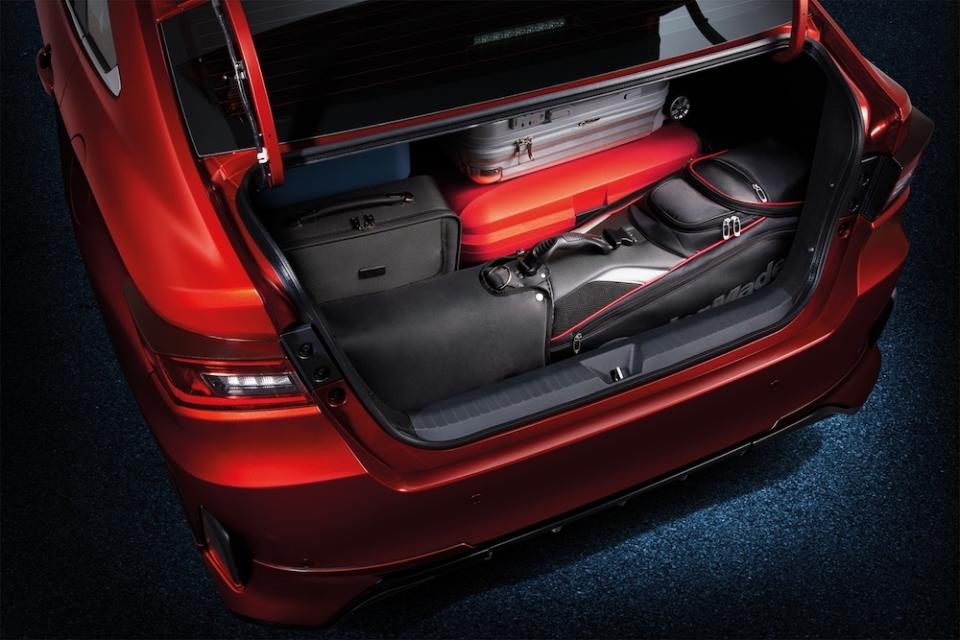
The boot space has shrunk by 31 litres to 475 litres. — SoyaCincau pic
In terms of interior room, Toyota is claiming increased headroom (despite the sloping rear roofline), hip room and shoulder room for the rear occupants. That has clearly had a detrimental effect on the boot space, which has shrunk by 31 litres to 475 litres.
Worse still, the new Vios lacks certain features expected in the class (and were fitted to its predecessor), such as a folding rear seat that would’ve allowed users to fit longer cargo. There’s also no spare tyre (even a space-saving one); instead, there’s just a tyre repair kit hidden underneath the boot floor. And we’ve already had past experience as to why repair kits are not exactly the best thing to have when you have a puncture.
Same engine and transmission as a Myvi

As the new Vios is based on a Daihatsu platform, it also uses that company’s engine and transmission. — SoyaCincau pic
As the new Vios is based on a Daihatsu platform, it also uses that company’s engine and transmission. As such, the 2NR-VE 1.5 litre Dual VVT-i four-cylinder is slightly different than the 2NR-FE unit in the outgoing model, producing 105hp (1hp less) and 138Nm of torque (2Nm less).
The CVT is also entirely different from its predecessor, using Daihatsu’s Dual-Mode technology that switches to gear drive at higher speeds for reduced power loss (and thus increased fuel efficiency). Both these items have been carried over from the Perodua Myvi — as well as the Alza — so expect the new Vios to achieve close to that car’s fuel consumption figure of 21.1km per litre (although it doesn’t come with automatic engine start/stop).
The DNGA platform has been engineered for reduced weight without sacrificing rigidity, resulting in the new Vios being up to 110kg lighter than before. The MacPherson strut front and torsion beam rear suspension has also been retuned for better stability and comfort. Additionally, the Vios continues to feature disc brakes all around, but again only with the 1.5G; the 1.5E gets rear drums.
Toyota Safety Sense as standard

The new Vios is fitted as standard with the Toyota Safety Sense suite of driver assists. — SoyaCincau pic
As before (well, excluding the J model, which again has been discontinued), the new Vios is fitted as standard with the Toyota Safety Sense suite of driver assists. This is similar to the Perodua Smart Drive Assist (PSDA) and includes autonomous emergency braking, lane keeping assist, blind spot monitoring, rear cross traffic alert, a front departure alert and pedal misapplication control.
Additionally, the 1.5G throws in adaptive cruise control and lane keeping assist for Level 2 semi-autonomous driving, along with automatic high beam. Six airbags, stability control, a 3D 360-degree camera system and front and rear parking sensors are all fitted as standard. — SoyaCincau


